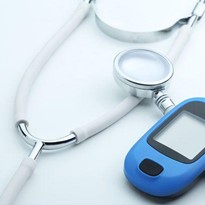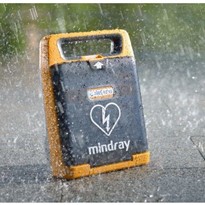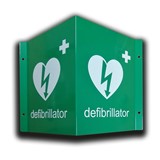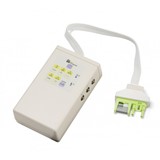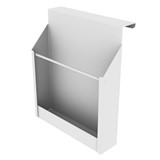However, the survival rate can improve significantly with early defibrillation.
Before we dive into why the building industry should include AEDs in their first aid and emergency plans, let’s understand sudden cardiac arrest a bit more.
What is sudden cardiac arrest?
Sudden cardiac arrest, sometimes called cardiac arrest or SCA, is when the heart suddenly stops. Your heart’s electrical system controls the rate and rhythm of its pumping. A malfunction in that system causes the heart to go out of rhythm or stop, ceasing to pump oxygen-carrying blood around the body. Every cell in your body needs oxygen, so when the heart stops, it starves your brain and organs; you fall unconscious and stop breathing.
Immediate CPR and early defibrillation may reverse a sudden cardiac arrest to save a person’s life and reduce long-term neurological impairment. The message is clear: Every minute counts.
In fact, for every minute without CPR and defibrillation, the chance of survival drops by 10%. An action plan gives a sufferer the best chance of survival when followed promptly, so in the event of SCA remember these three steps:
Call – for emergency assistance and advanced care.
Push – begin CPR.
Shock – use a defibrillator to restore normal heart rhythm.
Anyone can help save a life with these three steps and The Australian Resuscitation Council says, “any attempt at resuscitation is better than none”.
What is a defibrillator (AED or Automated External Defibrillator)?
An automated external defibrillator (AED) is a portable electronic device that diagnoses life threatening abnormal heart rhythms that can cause a cardiac arrest and the only device that can treat sudden cardiac arrest.
An AED treats these abnormal heart rhythms by giving an electric shock that ‘restarts’ the heart returning it to a normal rhythm. This is defibrillation.
An AED will only give a shock if it is necessary. Therefore, you cannot harm someone by using an AED on under any circumstance.
• Anyone can use a defibrillator – they have verbal and visual instructions to guide you.
• You cannot hurt someone by using a defibrillator, even in the rain.
• A defibrillator only shocks a person who is in cardiac arrest.
AEDs as risk management
Sudden cardiac arrest doesn’t discriminate. It can happen to anyone, at any time, often without warning. However, some factors put the building industry at a higher risk. Having an AED on site is an easy to implement control measure for that risk. Building and construction are known to be high risk occupations. From the physically demanding work, handling of hazardous materials and the increased risk of being injured on the job when compared to other occupations. There is a lot to consider when establishing risk management and safe work plans including the accessibility of an AED.
Demographics
In Australia, approximately two-thirds of sudden cardiac arrests occur in men. Building and construction is third-largest industry in Australia with males making up 87 per cent of workers, meaning the chance of a construction worker suffering a sudden cardiac arrest on the job should not be ignored. Add in the physically demanding nature of the industry, and the risk increases.
Increased risk for the building industry
Two major contributing factors to the increased risk in the building industry for a sudden cardiac arrest are access and electricity.
Building sites are often difficult to access, which can increase the time it takes for emergency services to arrive, impacting the chance of survival for an SCA sufferer, which is why an onsite AED will save precious minutes and possibly a life. Although they are preventable, electrocutions still consistently rank as a leading cause of fatalities in the construction industry. The human body is a good conductor of electricity, so if a current from outside the body passes through the heart of a healthy person, it can in fact cause cardiac arrest.
Should the unthinkable occur and your site has an on-the-job cardiac emergency, ensure workers are protected with an onsite AED to save precious time.
So which AED is the right choice for your site?
If the above sounds a little confronting, that’s good because it means we have your attention! Have an AED onsite as a part your WHS plans, it is an essential piece of first aid equipment and everyone needs to know its location.
There are many devices on the market with various features, so it’s easy to get confused about which device is the right one for you. That’s where we come in. AED Authority’s mission is to increase the sudden cardiac arrest survival rate by getting more AEDs in more workplaces around the country. That includes your building site. We are experts in all things AED and we are ready to help you tailor an AED solution for your needs and budget.
Talk to the team today to ensure that you are ready in the event of sudden cardiac arrest.
Knowing where your nearest AED is can save critical minutes and possibly a workmate’s life.



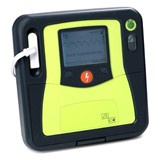




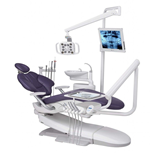

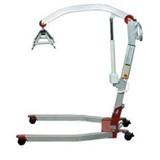
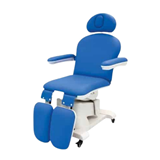







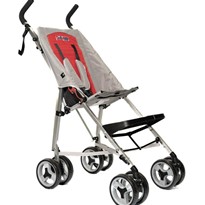





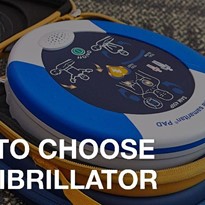
-205x205.jpg)
